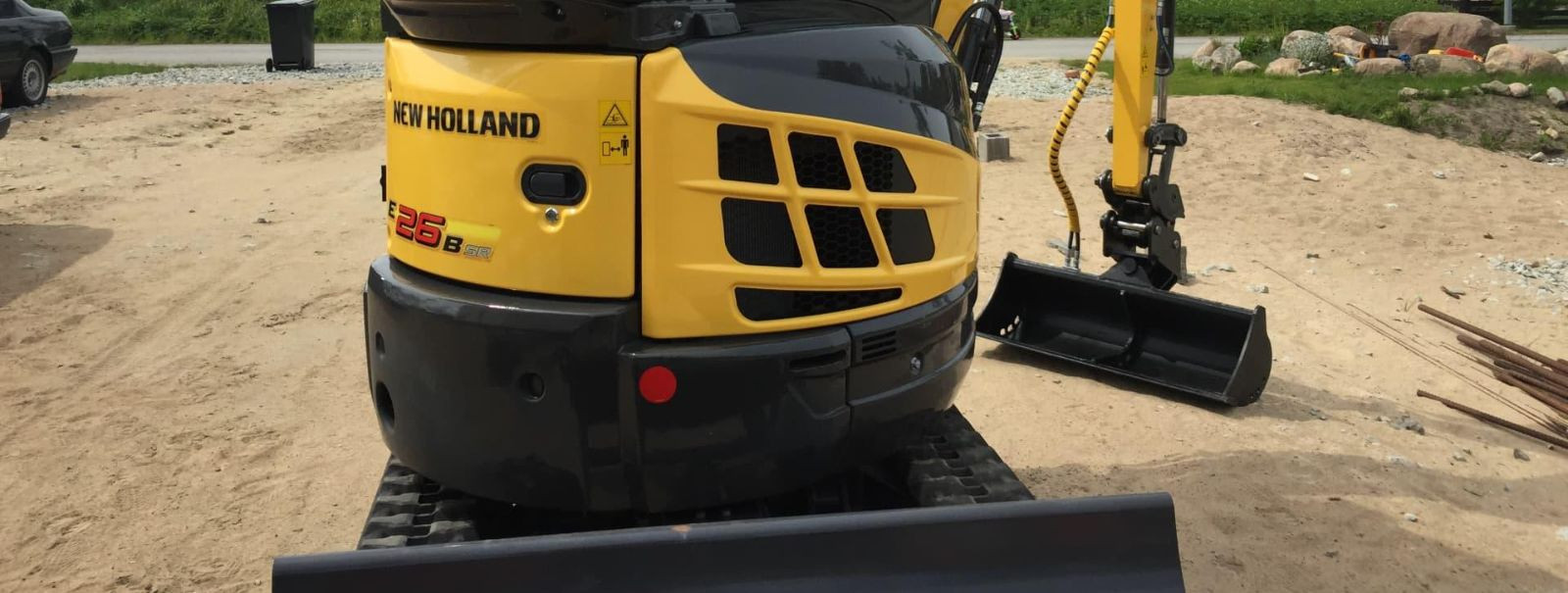Choosing the right materials for your construction project
Choosing the right materials for your construction project is a critical decision that affects not only the integrity and longevity of the structure but also its environmental impact, cost, and aesthetic appeal. The selection process involves a thorough understanding of the properties of various materials and how they interact with the specific demands of your project.
Several factors must be considered when selecting materials, including structural requirements, environmental considerations, budget constraints, and local building codes. Each of these elements plays a vital role in determining the most suitable materials for a project.
Types of Construction Materials
Natural materials such as wood, stone, and clay have been used in construction for centuries due to their availability and ease of use. They offer a unique aesthetic and can be a sustainable choice if sourced responsibly.
Manufactured materials like concrete, steel, and glass are popular in modern construction. They provide strength, durability, and versatility, but their production often has a higher environmental footprint.
Composite materials combine two or more distinct components to create a product with improved properties. Examples include reinforced concrete and fiberglass, which are widely used for their enhanced strength and lightweight characteristics.
Considerations for Material Selection
The primary concern in material selection is ensuring the structural integrity of the project. Materials must be able to withstand the loads and stresses they will encounter over the lifespan of the structure.
With growing environmental awareness, choosing materials with a low carbon footprint and sustainable sourcing practices is becoming increasingly important.
While quality should never be compromised, the cost is a significant factor. It's essential to find a balance between affordability and the long-term benefits of higher-quality materials.
The visual impact of materials can greatly influence the final appearance of a project. Selection should align with the desired aesthetic and complement the surrounding environment.
Materials must be appropriate for the local climate and environmental conditions to ensure durability and performance.
Consideration must be given to the availability of materials and the logistics of delivery to the construction site, which can affect the project timeline and budget.
Specialized Materials for Unique Projects
Materials for landscaping and outdoor projects need to be chosen for their ability to withstand the elements and blend with the natural setting.
Infrastructure projects require materials that can handle heavy usage and meet strict safety standards.
Commercial and residential buildings have diverse material requirements, from structural strength to insulation and aesthetics.
Working with Suppliers and Experts
Partnering with a reputable supplier like VEIKOPP OÜ ensures access to high-quality materials and expert advice tailored to your project's needs.
Expert consultation can provide valuable insights into the best materials for your project, taking into account all the factors discussed above.






Comments (0)